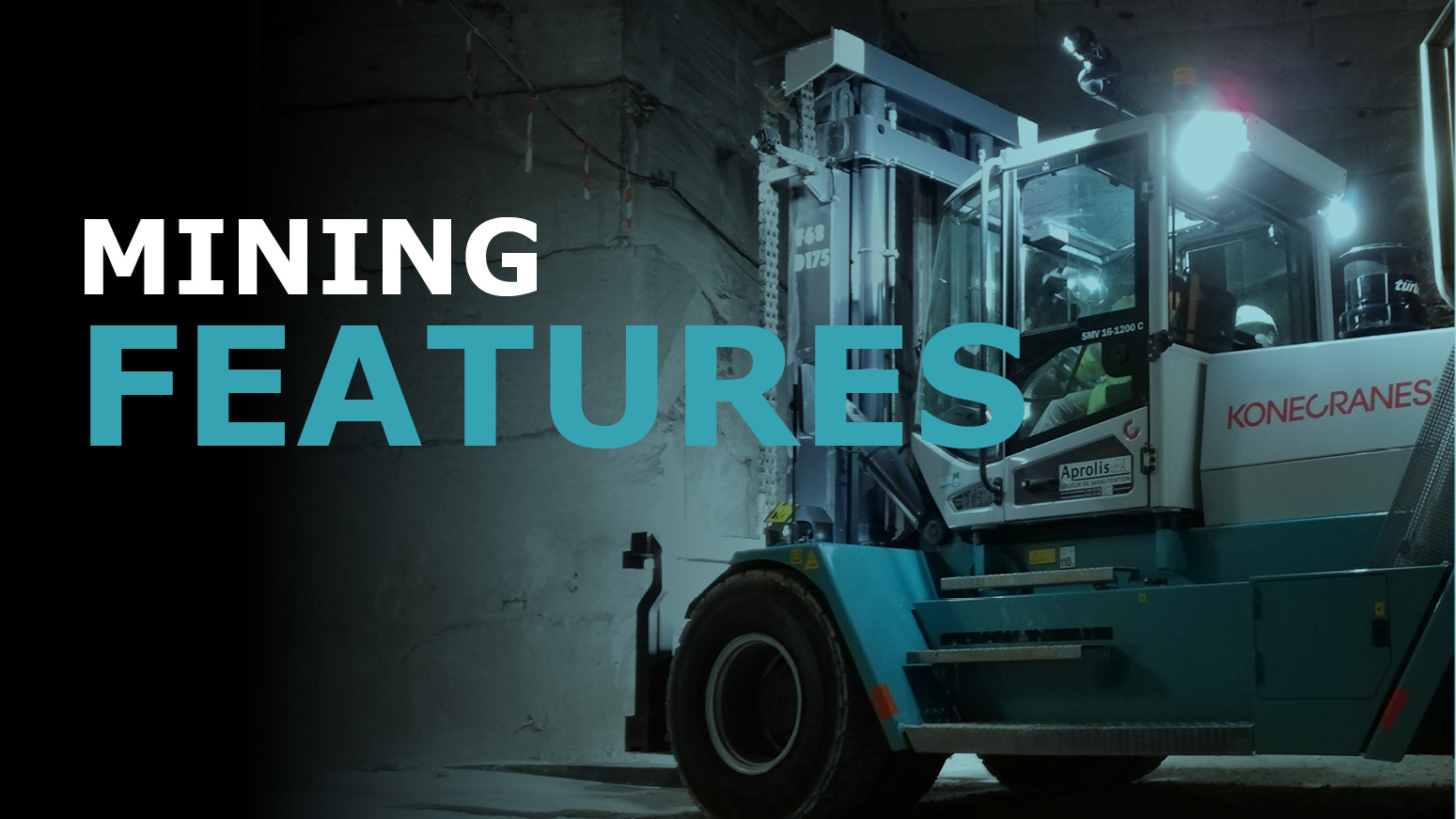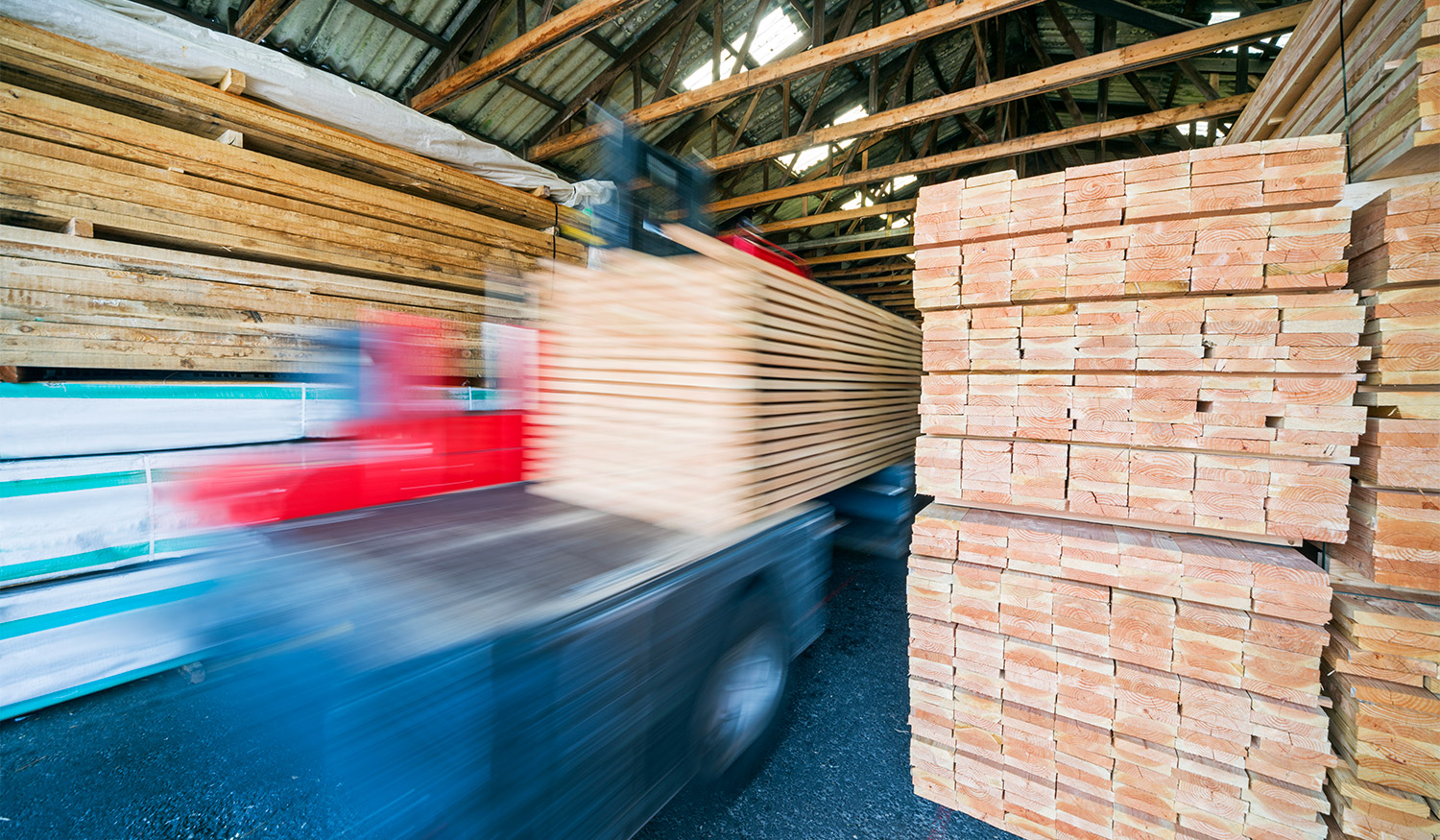Uplifting blog

Li-ion for the win: An obvious choice for E-VER
Battery technology was a critical consideration for the development of the E-VER 10-18 ton forklift. It was important to capture all of the benefits of electrification, without compromising the work performance and driving experience our customers expect from a Konecranes lift truck.
We chose Li-ion battery technology for the Konecranes E-VER. But not just any version—there are many battery solutions and suppliers to choose from. Not all are equally well suited to the task of emission-free 10-18 ton lifting in day-to-day operations and fast charging. In this article, we take a closer look at some of the most compelling reasons we chose NMC based LI-ion chemistry, and our application of that technology for E-VER.
Proven reliability
Li-ion battery technology for cars and industrial vehicles has come a long way since its commercial introduction in the 90’s. The main drivers behind its success has been the huge improvement over lead-acid batteries in energy density in terms of kWh per kg or per litre, and providing power capacity that enables fast charging and extended range of cars and trucks. Its success has led to wider availability of high efficiency components, and we are now at a point where battery electric driveline technology exceeds the performance of conventional diesel powertrains.
The Li-ion battery chosen for Konecranes lift trucks brings the proven performance and safety of a widely used platform to heavier applications—such as E-VER 10-18 ton.
Charging on your schedule
Fast charging is a key advantage of Li-ion battery technology. It normally takes 45-50 minutes to charge from empty to full battery capacity, with 50% achievable in less than half of that—making opportunity charging during breaks and multiple times over the day practical.
Charging stations can come from many commercial suppliers, and can be installed indoors or outdoors. The E-VER lift truck uses Mode 4 charging principle through automotive charging standards CCS2 (EUR/AU) and CCS1 (NAM).
The lifetime of the Konecranes Li-ion battery is about 4,000 charge cycles—an average that would normally correspond to between five and six years, and at least twice the cycles of a lead acid alternative.

Virtually maintenance-free
Compared to a lead acid alternative, Li-ion batteries are practically maintenance-free. In the former, regular service is required, such as water top-ups, to maintain performance and service life. The batteries used in Konecranes lift trucks, on the other hand, require no day-to-day maintenance, keeping productivity up and saving customers time and money
Supporting sustainability
The Konecranes E-VER Li-ion battery is a great example of electrification technology and its benefits.
The Konecranes battery supplier showed they had integrated many important aspects of sustainability into their design and production. Our batteries, for instance, are manufactured using 100% hydro power. Compared to Li-ion batteries that don’t, the process used for Konecranes emits up to 83% less CO2.
Li-ion battery recycling is equally important, and is becoming more widespread all the time. As it does, fewer virgin rare earth metals can be used in battery manufacturing, further reducing the environmental impact of their production.
Long live Li-ion
We are proud of the Li-ion battery solution used in the Konecranes E-VER 10-18 ton forklift. It fulfills the work performance expectations for a forklift in its class, while contributing to a lower environmental impact in daily operations—which can then be reflected in our customers’ sustainability reporting as well.
Related Articles

Forklifts with mining features
Mining operations put heavy demands on equipment. Not only is the work environment extremely...

Towards eco-efficient forestry
Many Konecranes customers have made ambitious commitments to sustainability. They include longtime...
2 Minute Read

How electric forklifts improve productivity
Revolution or evolution? Is electrification really a transformation or is it just “marketing hype”...

